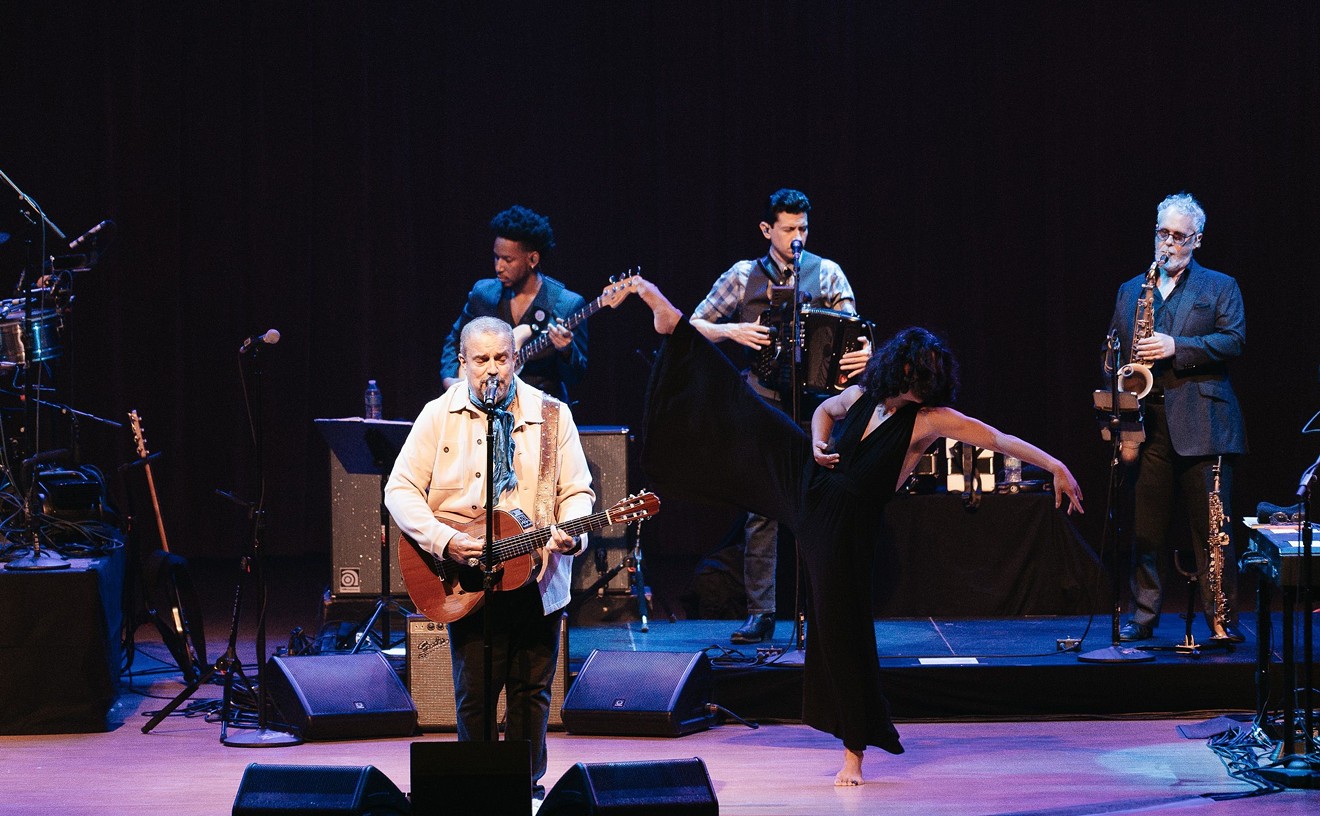 Baroness Pannonica de Koenigswarter still looms in the margins of jazz
Baroness Pannonica de Koenigswarter still looms in the margins of jazz
history. Until now, her contributions during the Fifties, Sixties, and
Seventies were known mostly to insiders, aficionados, historians, and
journalists eager to sensationalize her association with the death of
Charlie Parker, who famously died in her living room in 1955.
Though
de Koenigswarter's spirit flickers on in the 20-plus compositions
written in her honor, it would be impossible to overstate the extent to
which she sheltered, fed, bailed out, provided for, and acted as friend
and advocate to the musicians on New York City's jazz scene. In this
new book, you'll read about her close association with heavyweights
like Monk, Davis, Blakey, Powell, and, of course, Parker. During her
lengthy and informative introduction, de Koenigswarter's granddaughter
Nadine paints a poignant picture of her late grandmother as a woman
with a determined drive to nurture. De Koenigswarter, for example,
housed more than 100 cats.
But Nadine also attempts to grasp her grandmother's love of jazz and
reminds the reader of de Koenigswarter's concrete (and ultimately
successful) campaign to abolish the discriminatory cabaret-card laws
imposed at the time on New York's jazz musicians. But de Koenigswarter
isn't the direct focus of Three Wishes.
In 1961, like a
genie emerging from a bottle, "Nica," as she was affectionately known
in the musicians' community, posed the eternal question to more than
300 musicians: "If you could have any three things in life, what would
they be?" The answers comprise the true soul of Three Wishes.
Unsurprisingly, they reveal much about a group of musicians who have,
for the most part, receded into the shadows of history and myth and
their relationships with their instruments, their craft, and the jazz
art form itself. Though the musicians' answers -- by turns humorous,
sad, and touching -- essentially consist of short napkin-note
scribblings, they were compiled as jazz's popularity was beginning to
wane in the United States. Thus, the book is charged with subtle but
profound suggestions of disappointed expectations as a daily reality
for all creative people and speaks to greater notions of fulfillment
that we can all relate to.
A wealth of candid Polaroid photos
taken by de Koenigswarter enhance the refreshingly personal -- and
achingly human -- perspective that Three Wishes presents. It'd be a handsome addition for the collection of any vintage jazz fan with a coffee table.
--Saby Reyes-Kulkarni










